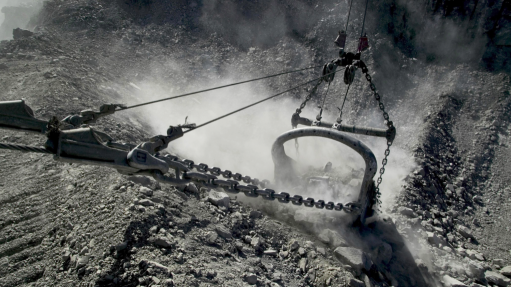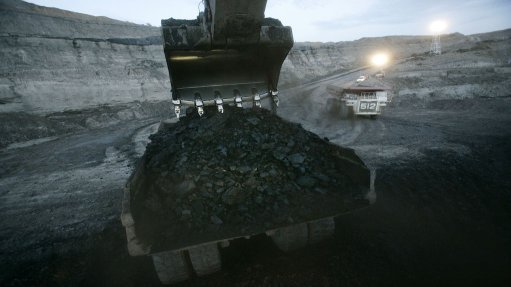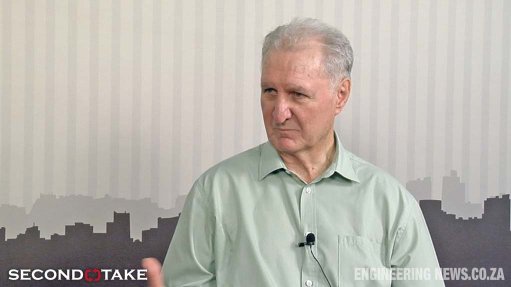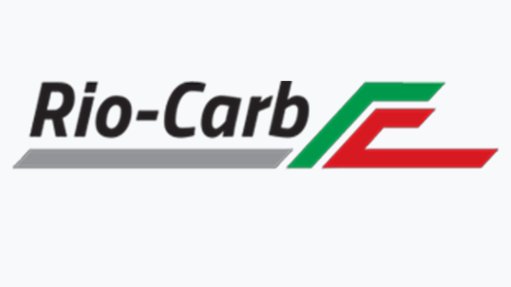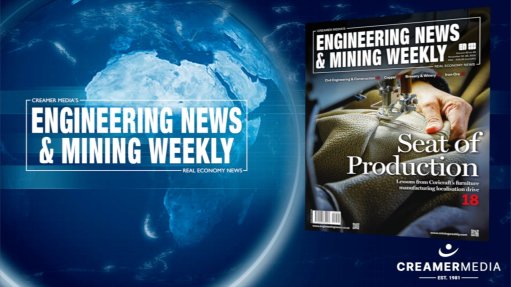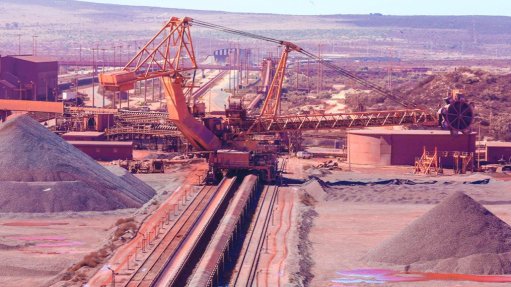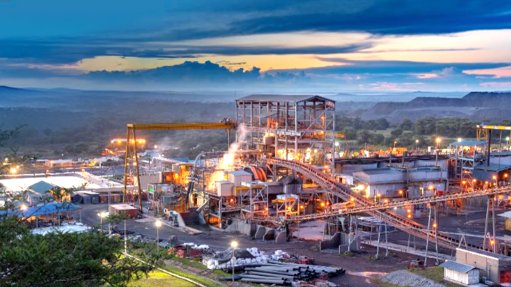Tackling substance abuse indispensable to workplace safety


RHYS EVANS The mining sector has been quite receptive to alcohol and drug testing as the Department of Mineral Resources continues to ensure that it has very good auditing policies and procedures in place
Efforts to reduce alcohol and drug abuse among mining employees can help mitigate health-related issues that they could face, explains breathalyser specialist Alco-Safe.
The mining sector, with its stringent health and safety measures, has been integral in Alco-Safe’s efforts to devise a business case for the private sector’s use of alcohol- and drug-testing solutions.
“The mining sector has been quite receptive to alcohol and drug testing as the Department of Mineral Resources continues to ensure that . . . [it has] very good auditing policies and procedures in place,” highlights Alco-Safe MD Rhys Evans.
However, he notes that the best measures for controlling alcohol and drug abuse involve addressing and negating the problem, and this primarily involves mining legislation.
For example, General Regulation 2A of the Mine Health and Safety Act pertains to an employer not allowing any person who is, or appears to be, under the influence of intoxicating substances, to either enter or remain at a mining premises.
Alco-Safe highlights this and other legal factors as integral to substantiating the alcohol and drug policies of various mining companies already in place.
The company also emphasises the importance of ensuring that substance abuse control policies and procedures are effectively communicated to mining employees to allow for the development of an adequate understanding thereof, to ensure compliance.
Evans adds that promoting this awareness among mining employees helps to ensure that they understand the dangers of alcohol abuse, and particularly why testing is done, as well as how breathalysers work.
Equipment testing and procedure enforcement are also undertaken according to schedules, and in instances of infringement, to ensure the efficacy of policies and testing equipment.
Testing Evolution
Alco-Safe reflects that mine safety managers were previously in the learning phase of rolling out testing procedures and, over time, a higher-than-expected number of mineworkers exceeded the limits for substance abuse test thresholds, thereby necessitating an increase in testing and enforcement to ensure workplace safety.
In years past, many companies had to balance substance abuse testing in accordance with their budgets, which may have been lower than they currently are.
However, with the advent of high-speed breathalysers, Alco-Safe adds that companies can currently conduct about six to 12 tests a minute, with an employee simply blowing into a coned-shaped mouthpiece of a breathalyser, which would provide a prompt indication of whether they passed the test.
“This enabled mining companies to start testing a much higher number of people . . . and . . . it was becoming very effective.”
As a result of equipment becoming quicker to operate, Evans adds that companies wanted to test employees entering the workplace, instead of conducting random testing, as the instruments became more reliable and efficient, meaning that every person who enters a mine site can now be tested.
Corrective Measures, Counselling
The innovations associated with alcohol and drug testing equipment have magnified the message of zero tolerance towards substance abuse among mining employees, with those failing tests potentially facing disciplinary action.
Evans highlights that this directive assists in developing a culture of personal accountability in the workplace and redirects employee behaviours away from substance abuse.
Nonetheless, he also points out that some repeat offenders continue to engage in substance abuse, attempting to find loopholes such as trying to intimidate or bribe security officials who control access to mine sites.
To address this, Evans highlights that the human element of site admission can be removed through automating site entry by installing breathalyser equipment at entry turnstiles, consequently denying access to anyone breaching alcohol or drug intoxication limits, thereby denying offenders entry.
When an employee walks up to a turnstile as they would normally do, instead of the turnstile automatically opening, there would be a breathalyser situated next to the biometric device, and they would have to blow into it to determine their eligibility to enter.
If the breathalyser determines drug or alcohol intoxication, the turnstile will not open and will activate an alarm to notify the offender and security personnel.
Meanwhile, Evans notes that alcohol abuse could be symptomatic of mental health issues such as anxiety or depression.
Alco-Safe emphasises the importance of counselling services to address issues and provide assistance, as well as tackle root causes and any underlying influences relating to substance abuse.
Evans concludes that more work and understanding of substance abuse are required to stem its prevalence and help mining employees fully understand the relationship between substance abuse and its impact on occupational health and safety.
Article Enquiry
Email Article
Save Article
Feedback
To advertise email advertising@creamermedia.co.za or click here
Press Office
Announcements
What's On
Subscribe to improve your user experience...
Option 1 (equivalent of R125 a month):
Receive a weekly copy of Creamer Media's Engineering News & Mining Weekly magazine
(print copy for those in South Africa and e-magazine for those outside of South Africa)
Receive daily email newsletters
Access to full search results
Access archive of magazine back copies
Access to Projects in Progress
Access to ONE Research Report of your choice in PDF format
Option 2 (equivalent of R375 a month):
All benefits from Option 1
PLUS
Access to Creamer Media's Research Channel Africa for ALL Research Reports, in PDF format, on various industrial and mining sectors
including Electricity; Water; Energy Transition; Hydrogen; Roads, Rail and Ports; Coal; Gold; Platinum; Battery Metals; etc.
Already a subscriber?
Forgotten your password?
Receive weekly copy of Creamer Media's Engineering News & Mining Weekly magazine (print copy for those in South Africa and e-magazine for those outside of South Africa)
➕
Recieve daily email newsletters
➕
Access to full search results
➕
Access archive of magazine back copies
➕
Access to Projects in Progress
➕
Access to ONE Research Report of your choice in PDF format
RESEARCH CHANNEL AFRICA
R4500 (equivalent of R375 a month)
SUBSCRIBEAll benefits from Option 1
➕
Access to Creamer Media's Research Channel Africa for ALL Research Reports on various industrial and mining sectors, in PDF format, including on:
Electricity
➕
Water
➕
Energy Transition
➕
Hydrogen
➕
Roads, Rail and Ports
➕
Coal
➕
Gold
➕
Platinum
➕
Battery Metals
➕
etc.
Receive all benefits from Option 1 or Option 2 delivered to numerous people at your company
➕
Multiple User names and Passwords for simultaneous log-ins
➕
Intranet integration access to all in your organisation







